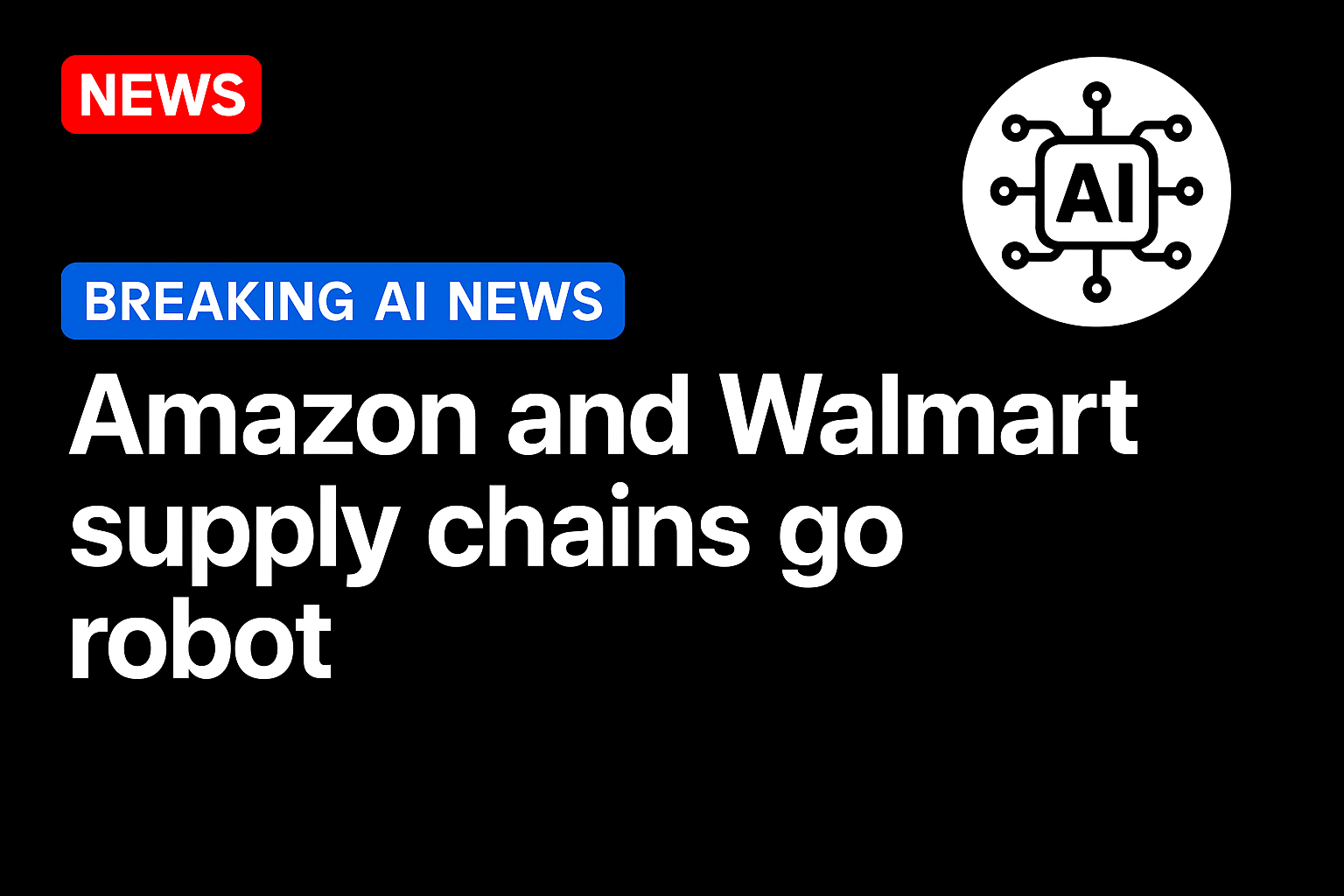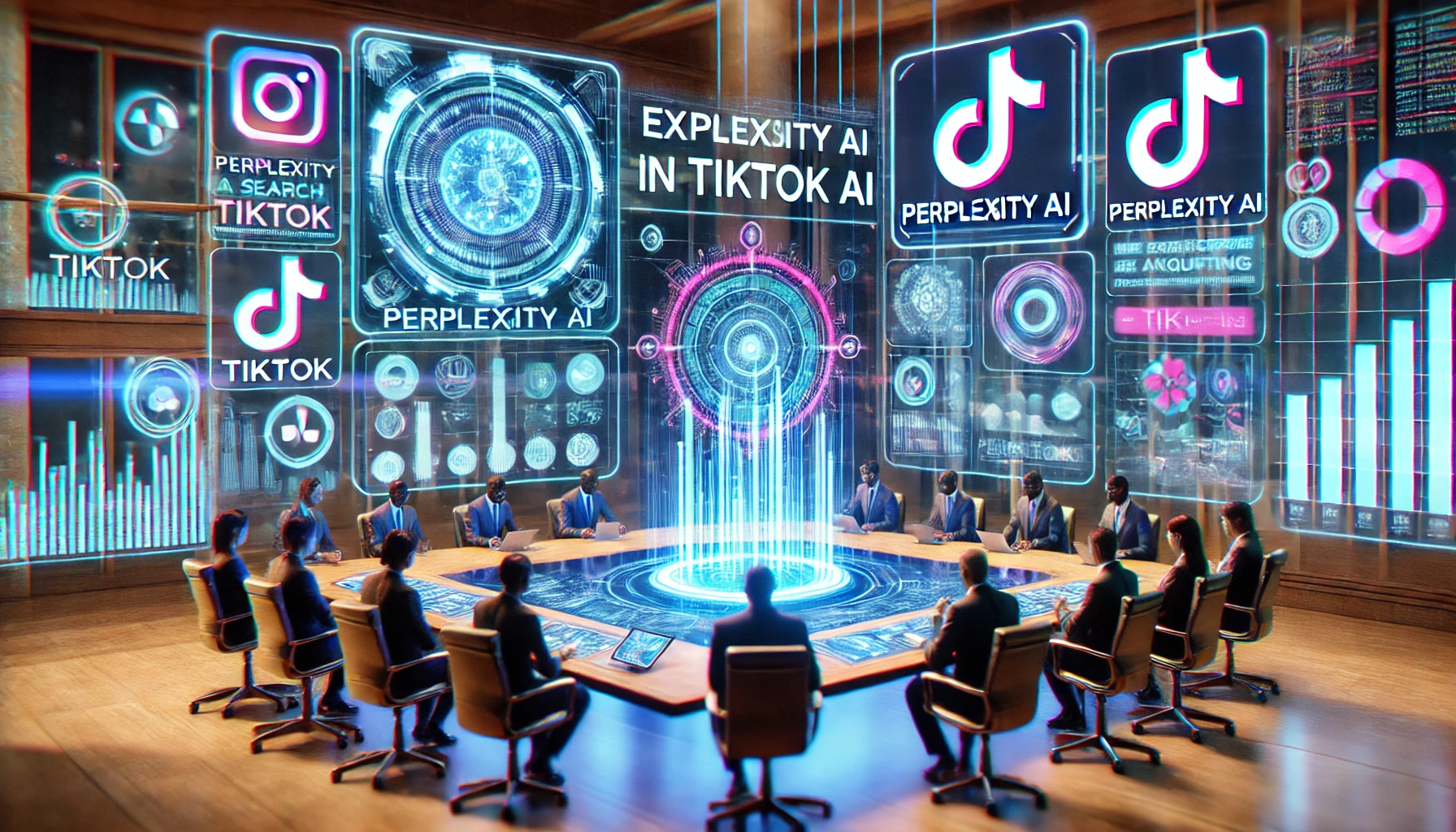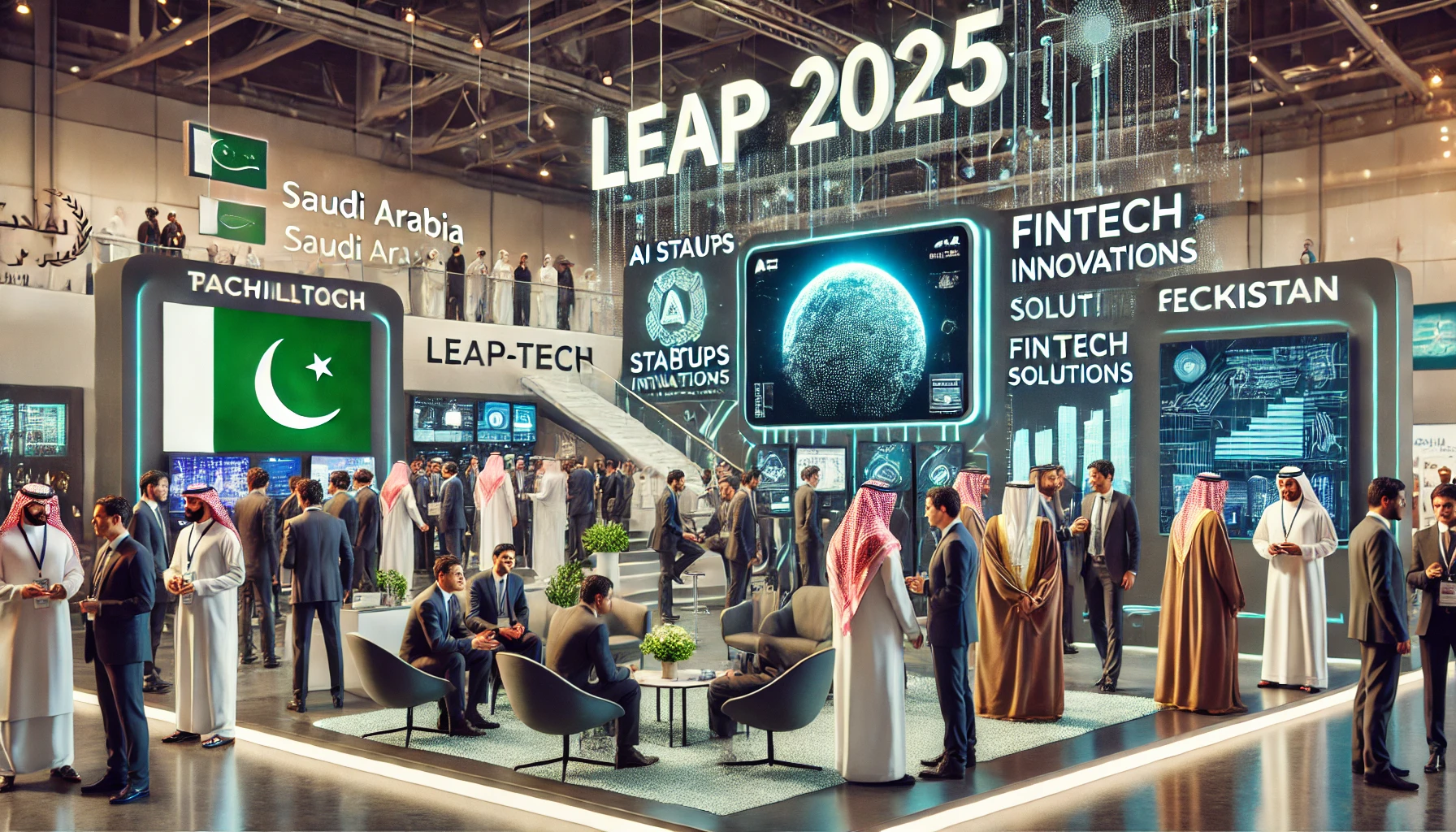The battle between Amazon and Walmart is hardly recognizable today relative to 10 years ago.
As artificial intelligence (AI) and automation become the invisible infrastructure underpinning global commerce, the Amazon-Walmart rivalry, long emblematic of the old guard versus the new, is turning into a real-time case study in retail’s transformation. It’s no longer just about eCommerce versus big-box stores. It’s about whose algorithms, robotics and data infrastructure can more efficiently move trillions of dollars of goods most effectively.
As the news this week from both companies reveals, the two retail titans are investing billions in AI, warehouse robotics, predictive logistics and generative tools to optimize operations, reduce labor costs and elevate customer experience. But their divergent histories and strengths are shaping different approaches to an increasingly algorithmic future.
And what’s a better testing ground than the summer sales season?
Robotics at the Edge of Workforce Parity
For decades, Walmart dominated American retail by mastering the supply chain and crushing prices. Its supercenter model transformed how Americans shopped, using scale, logistics and geographic saturation to eliminate inefficiencies. Then came Amazon.
Fast-forward to 2025, and both companies are racing to build what can only be described as autonomous supply chains.
For years, Amazon’s warehouse robots played supporting roles — carrying shelves to human pickers, assisting with sorting and routing. But recent developments suggest a new era is underway. According to the company, these robots are now involved in nearly 75% of its global deliveries and Amazon reportedly has a record 1 million-plus robots working in its warehouses, nearly a 1:1 ration with human workers.
Over 700,000 employees have already been retrained for robot-adjacent jobs.
Much of Amazon’s robotic and AI firepower is enabled not in warehouses, but in its massive cloud infrastructure — Amazon Web Services (AWS). At the end of last month, AWS unveiled a series of updates, including Project Rainier (an initiative to develop customizable AI models for logistics) and new MCP servers tailored for machine vision and robotics control.
Amazon’s annual sales extravaganza, Prime Day, has always been an engine for revenue and consumer loyalty. But this year’s event was also a technological showcase. The 2025 iteration is leaning heavily on real-time AI-driven pricing, dynamic personalization and delivery speed promises powered by predictive robotics.
New features include AI-curated deals tailored to user behavior, warehouse-side automation that stage popular products before orders were placed, and hyperlocal delivery estimates fine-tuned by weather and traffic data.
Read more: Amazon Bets on In-House AI Stack as Walmart Amplifies Workforce
Payments as the New Frontier in Retail Strategy
While Amazon races toward a robotic, AI-optimized future, competitors are making bold moves of their own. Walmart recently cut out middlemen in its beef supply chain by opening its first proprietary meat-processing facility. This may seem unrelated to robotics or A I— but it signals a parallel trend: retail giants want more control over their supply chains.
As inflation continues to impact consumer behavior, companies that own their logistics and can fine-tune costs at every node — from farm to shelf to click — will gain an edge.
At the same time, PYMNTS this week highlighted the growing realization by retailers that payments touch every part of the customer journey. Walmart, for example, announced in June that FinTech OnePay, backed by the retailer, is teaming with Synchrony to launch a credit card program. The program, set to roll out this fall, will be integrated into the OnePay app and available to Walmart customers. It includes a general-purpose card, which will serve as the program’s signature card and be available to use anywhere Mastercard is accepted, and a private-label card, which will be exclusively for Walmart purchases.
Coming into 2025, PYMNTS CEO Karen Webster detailed that FinTechs and other digital-only players would have to gird for turbulence as retailers sharpened their own focus on creating payments-driven customer ecosystems.
“[OnePay], with Walmart, can use the connectivity they have with brands to disrupt the economics of how pure-play FinTechs make their money,” Webster wrote in January. “That can become the basis for a disruptive business model that doesn’t rely on investor checks to cover up shortfalls in positive unit economics. The sheer scale of their customer base and supplier relationships, and the ability to connect purchases with offers and financing, is unmatched by any except for one other retailer — Amazon.”
OnePay “looks like it could be a winner, and highly disruptive,” she added.
Source: https://www.pymnts.com/





